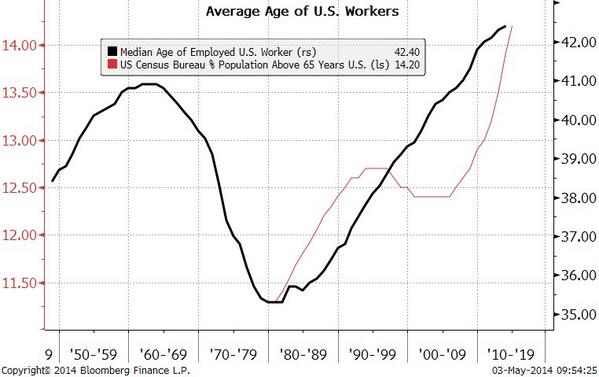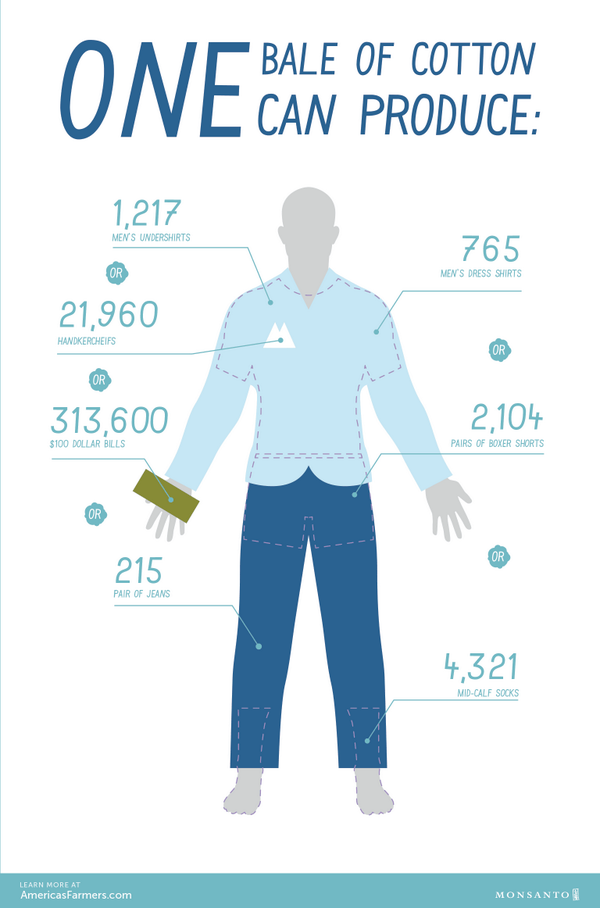The latest Gross Domestic Product report for the 1st Quarter of 2014 just came out. Not a good one at all---GDP grew at a .1% pace (yes, POINT 1 percent!). Stagnant for the most part.
However, I have seen commentary in a few places that suggest a bright spot is "Personal Consumption Expenditures" or "PCE" for short---spending by regular folk like you and me. It is up 3%.
The US Bureau of Economic Analysis (BEA) has a nice interactive graph that more information can be obtained than is generally reported in the media.
See it HERE.
I wanted to see how the components within PCE's performed relative to each other.
This first graph show "Goods", broken down into Durable and Non-Durable categories, and Services. You can see the
GOLD line representing the broad category Services did very well compared to material good expenditures. YAY Services!!
Ok, this is good information. But if expenditures on Services as a category carried the economy, what exactly are those services that we collectively splurged on? Glad you asked.
The graph below breaks down the category of Services into further broad categories BUT at least it is winnowed down a bit.
The
BLUE line represents Services as a whole (just like the
GOLD one did above).
The light-greenish line below the
BLUE line represents "Health Care" spending as a category. You can see spending on health care related expenses was the majority of spending that occurred in the first 3 month of this year.
It was followed by expenditures on "Housing and Utilities".
Those two categories of expenditures carried the economy in the 1st Quarter.
Considering about 50% of health care dollars are "government transfer payments" and many/most of the dollars spent on Housing and Utilities were spent on heating bills that spiked in January and February, it seems like we pretty much did not do anything else.
Not a broad based recovery by any means. At least not this early in the new year.





